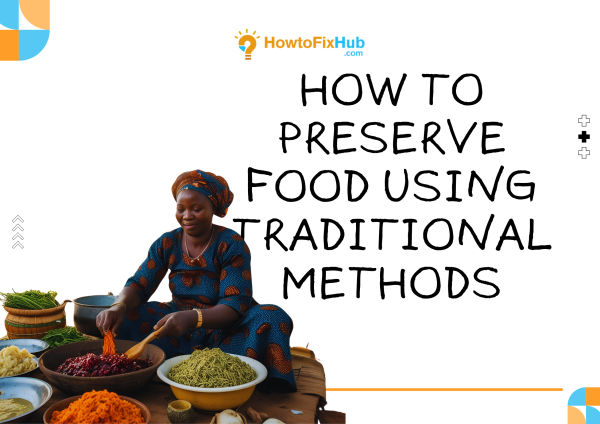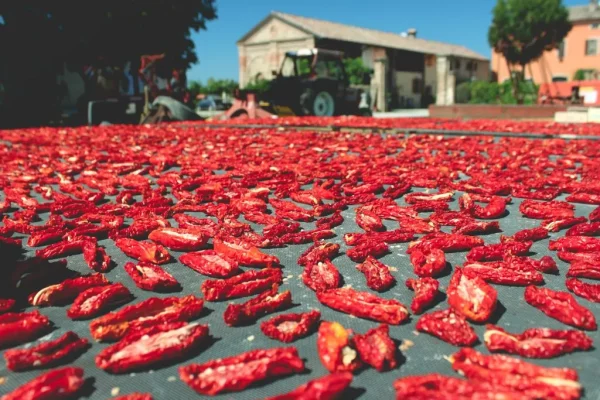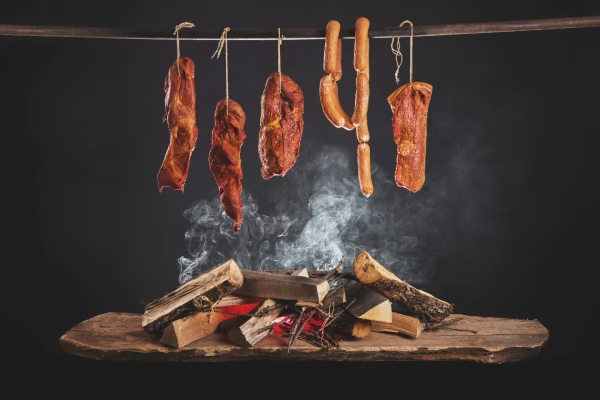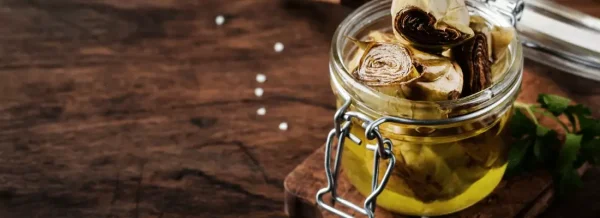
How to Preserve Food Using Traditional Methods
Preserving food is one of humanity’s oldest survival strategies, and learning how to preserve food using traditional methods is not just about cultural heritage—it’s a smart and sustainable way to reduce waste, save money, and enjoy seasonal produce year-round. Before refrigeration and modern packaging, people relied on time-tested techniques to keep their food fresh and nutritious for weeks or even months. These methods, though ancient, still hold strong relevance today—especially for people living off-grid, reducing dependence on technology, or seeking natural food storage options.
From drying to fermenting, salting to smoking, this post will explore practical strategies and best practices for food preservation the traditional way. Whether you’re in a rural African village, a bustling Asian city, or an urban homestead in the West, these methods can be adapted to your environment with minimal tools and ingredients.
1. Sun Drying

How it Works
Sun drying removes moisture from food, which slows down the growth of bacteria and mold. It’s ideal for fruits like mangoes, bananas, and tomatoes, as well as herbs and thinly sliced meats.
Best Practices
i. Slice food thin and uniformly for even drying.
ii. Use a clean mesh screen or tray to allow air circulation.
iii. Place in a sunny, well-ventilated area away from pests and dust.
iv. Cover with a fine net or cheesecloth to keep flies away.
Pro tip: In areas with high humidity, consider using a solar dehydrator for better results.
Na we dey talk say, “Sun no go shame you” if you give it time and patience.
2. Salting and Curing

How it Works
Salt draws out moisture through osmosis, creating an environment that’s hostile to bacteria. This method is commonly used for preserving fish, meat, and some vegetables.
Best Practices
i. Use coarse sea salt or kosher salt (avoid iodized salt for better results).
ii. Rub the salt generously over the meat or fish.
iii. For dry curing, store in a cool, dry area for days or weeks depending on size.
iv. For brining, dissolve salt in water to create a solution and soak the food item.
Salting is especially common in coastal communities, where fish is often preserved this way for months.
3. Smoking

How it Works
Smoking combines drying and flavoring. The smoke from burning wood acts as a preservative by creating a protective layer around the food.
Best Practices
i. Use hardwoods like oak, hickory, or fruitwoods—avoid softwoods like pine.
ii. Hang or lay the food in a smoker or over an open fire.
iii. Maintain a low and steady temperature to avoid cooking the food.
iv. Smoking can be cold (under 90°F/32°C) or hot (between 165–185°F/74–85°C), depending on the type of food and desired result.
Smoked fish, meats, and even cheeses can last weeks longer when stored in a cool, dry place.
4. Fermentation

How it Works
Fermentation involves beneficial microorganisms breaking down sugars and starches in food, producing acids and gases that naturally preserve it. Think yogurt, sauerkraut, kimchi, and gari.
Best Practices
i. Use clean, sterilized jars or clay pots.
ii. Add salt to create a brine that encourages good bacteria and suppresses harmful ones.
iii. Store in a dark, cool place for a few days to a few weeks, depending on the recipe.
iv. Always ensure submerged fermentation—any food exposed to air may spoil.
Fermented foods also come with bonus health benefits, like improved digestion and probiotics.
5. Root Cellaring

How it Works
A root cellar is an underground or semi-underground storage area that keeps food cool and humid—perfect for vegetables like potatoes, carrots, onions, and apples.
Best Practices
i. Maintain a consistent temperature between 32–40°F (0–4°C) and high humidity (85–95%).
ii. Keep different vegetables separate to prevent cross-spoiling.
iii. Store produce unwashed but brush off loose dirt.
iv. Use shelves, baskets, or sand to keep items off the ground.
Even a small underground pit or shaded basement can serve the purpose if properly insulated.
6. Oil Preservation

How it Works
Submerging food in oil limits exposure to air, which slows oxidation and microbial growth. This is a common technique for storing peppers, herbs, or even cheese.
Best Practices
i. Use sterilized glass jars and high-quality oils (olive or sunflower oil work well).
ii. Dry the food completely before immersing to avoid trapping moisture.
iii. Store in a cool, dark place or refrigerate for extra safety.
iv. Label and date the jars—most oil-preserved foods last up to 3 months.
This method is flavorful and adds richness to the food but always watch out for spoilage.
Frequently Asked Questions (FAQs)
1. Are traditional food preservation methods safe?
A: Yes, when done correctly. Always follow hygiene best practices, and store preserved foods in proper conditions to prevent spoilage.
2. How long does sun-dried food last?
A: Sun-dried fruits and vegetables can last 6 months to a year when stored in airtight containers in a cool, dark place.
3. Can I ferment food without salt?
A: While some fermentation can happen without salt, adding salt helps control the environment and reduce the risk of harmful bacteria.
4. What foods can be smoked traditionally?
A: Common choices include fish, meats (like beef or pork), cheese, and even vegetables like peppers or eggplant.
5. Is oil preservation suitable for long-term storage?
A: Oil-preserved foods are best consumed within 2–3 months. For longer storage, consider combining methods like drying before oil preservation.
Conclusion
Traditional food preservation methods are more than just old-school tricks—they’re practical, sustainable, and often healthier than modern chemical-laden alternatives. Learning how to preserve food using traditional methods empowers you to make the most of seasonal harvests, reduce waste, and stay prepared during emergencies. Whether you are sun drying your fruits, fermenting vegetables, or smoking fish with your grandpa’s old setup, these methods connect us to generations past while offering solid solutions for the future.
As dem dey talk for Naija, “Old ways no be bad ways.” Sometimes, they’re even the best.

Leave a Reply